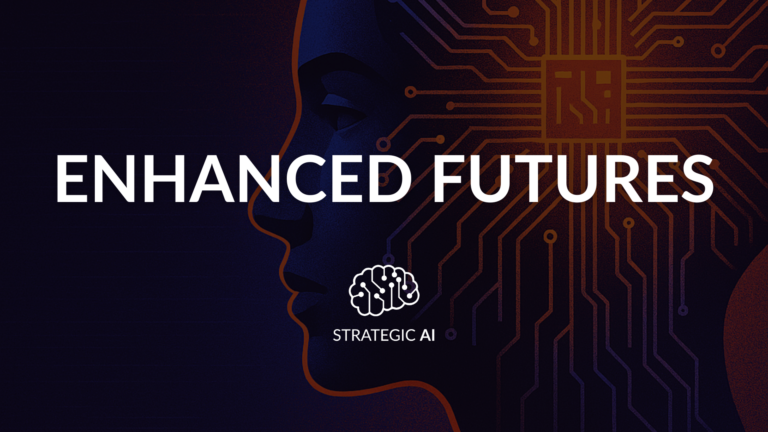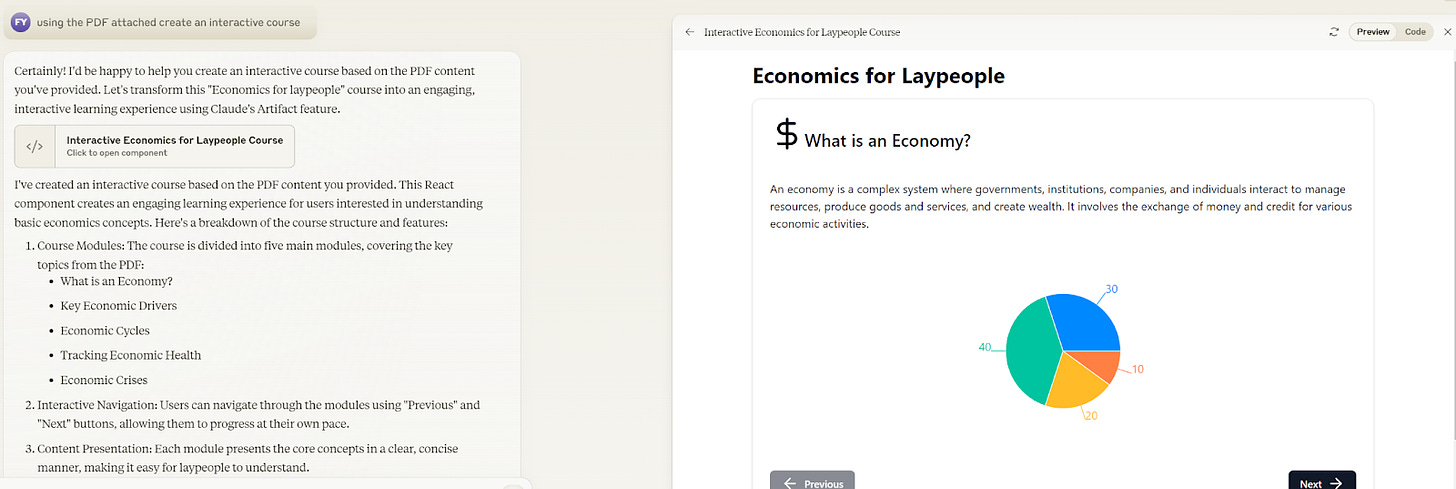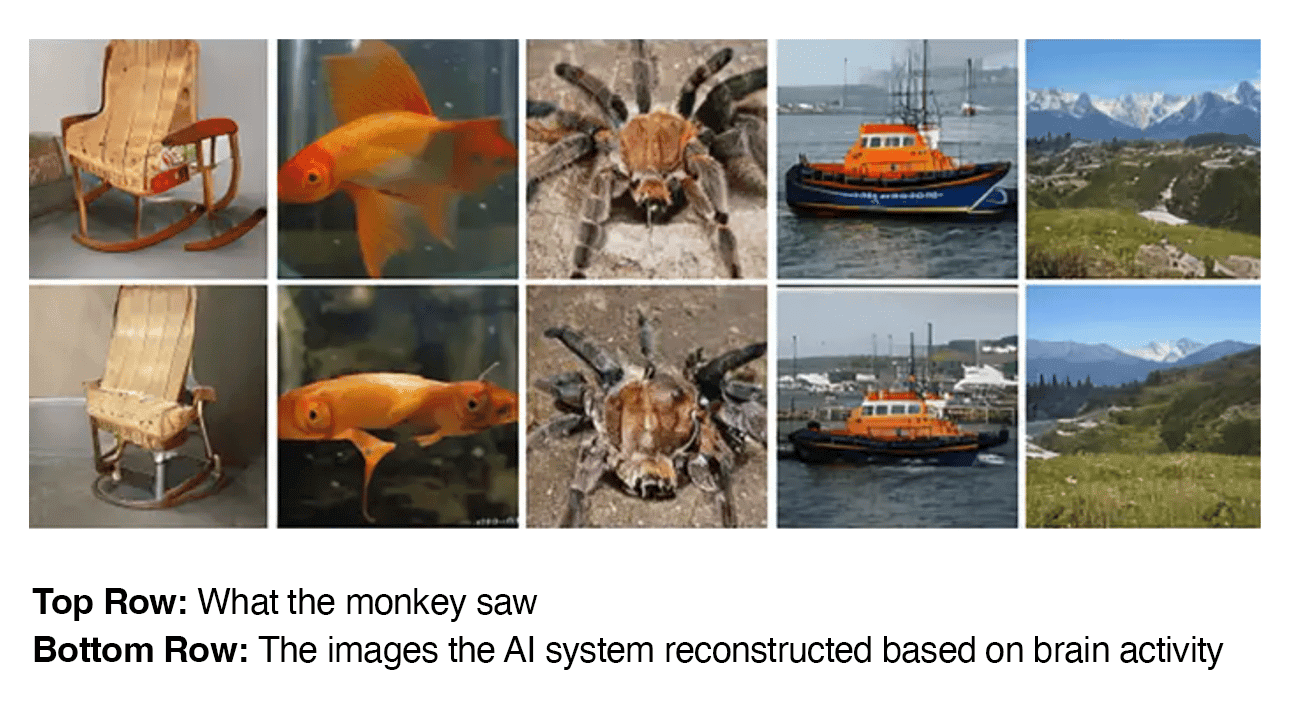
Written by Fola Yahaya

I was looking to jazz up Strategic Agenda’s upcoming videocast with some good stats about AI-generated content. I found lots of shonky stats saying that by (insert a near-term date), almost all content available on the internet will be produced with the help of artificial intelligence.
Scepticism aside of how the hell one would measure this and the provenance of the data, it’s a safe assumption that by this time next year, pretty much every piece of new online content will have been at least started (and more than likely completed) with some AI tool.
So if eventually anyone, from Lagos to London, can create the same level of mediocre content – from standard contracts to marketing bumph – by typing or increasingly saying a sentence, what is the point of said content?
At the moment, the answer is the paper trail. Traditionally, formal content like contracts and official documents serve to establish trust and provenance in transactions and expertise. This “paper trail” has been the backbone of legal and financial processes for centuries.
But what if we could establish trust and provenance more efficiently? Instead of paying lawyers for boilerplate contracts, processes like conveyancing could be fully automated. This would make them significantly faster and cheaper, whilst maintaining or even improving accuracy and reliability.
My point is that AI is challenging the very point of producing content in the first place and is likely to lead us to innovate on how we prove we know or have done something and, on a broader level, how we communicate.
My prediction is that AI agents will (thankfully) take over the boring task of red-tape documentation, e.g. form filling, applications, etc. Sales and marketing spam will be highly personalised and more effective. Things like technical reports will give way to interactive content that challenges entrenched beliefs and that actually results in behaviour change.
If your business centres on written content, you need to up your game to be heard and to get your audience to do what you want them to. You can do this by really honing in on what your audience needs and how they can be best persuaded. Lazily using AI-generated content is not the way to achieve this.
I’m a big fan of Claude, Anthropic’s ChatGPT challenger. I think its written responses are better and way more human. Once Anthropic allows Claude to search the web in real time, it really will be a complete AI system.
But it’s the latest version of Claude, and in particular its shareable Artifacts feature, that is blowing me away. “Artifact” is just a fancy term for a thing that you can create and share. What blew me away was that you can now do crazy things like upload a PDF and ask it to code an interactive course on the material in seconds.
I found out about this feature from an email newsletter that was trying, ironically, to sell me a course on “How to use Claude to create an interactive course”. Rather than paying for this, I just asked Claude to show me how to do it (another example of why selling advice that can be provided by an LLM is soon going to be toast).
Claude duly complied and responded with this Artifact:
Not only did it create the course content (based on my PDF) which you can play with here, but it also created the quiz and, critically, the code! Once Claude has access to the internet, users will be able to make the course more interactive by adding relevant videos, images and audio.
This has huge implications for e-learning providers who will initially benefit from being able to make courses faster and cheaper, but may eventually (two years max) be surplus to requirements.

A fascinating study in New Scientist magazine was just published on the development of an AI system capable of reconstructing remarkably accurate images of what someone is looking at based on their brain activity. Researchers at Holland’s Radboud University used both fMRI scans of humans and direct electrode recordings from a macaque monkey to capture brain activity whilst viewing images.
In the image above, the top row is what the monkey saw, and the bottom row is the images the AI system reconstructed based on brain activity.
Whilst this research is only a proof of concept and achieved the best results by directly attaching electrodes to the poor monkey’s brain, it points to some exciting and troubling use cases. These include:

In the early stages of its war with Russia, Ukraine’s use of tiny, cheap and locally made drones, with grenades attached, allowed it to militarily punch above its weight. However, this advantage has waned because the Russians have been very effective in targeting the human operating the drone, and also jamming the electronic signals that send their instructions.
Step up Anduril, the AI defence company founded by Palmer Luckey, the mullet-haired billionaire who’s famous for inventing the Oculus VR headset. His company has come up with, and critically sold to 10 countries, a solution that avoids these issues. His solution? Just make the drone (and submarines) AI-powered and fully autonomous by adding an AI brain.
In an NPR article, Luckey bigs up these killer drones and says:
“The autonomy onboard is really what sets it apart … It’s not a remote-controlled plane. There’s a brain on it that is able to look for targets, identify targets and fly into those targets” (i.e. blow them up).
Woah! So forget that pesky human-in-the-loop nonsense; these things can literally decide for themselves what is a legitimate target and fly off and destroy it. See the sales video below of Anduril’s best-selling Altius drone.
Luckey has been profiled in many a mainstream press and generally given an easy ride about the clear ethical and moral redlines that his company is not just crossing, but hurdling over whilst rubbing their hands with glee.
There seems to be little criticism of the clear problem of letting an AI system (which are all flawed, prone to hallucinations and ultimately unaccountable) decide the target and how to dispose of it. And these are early days. As militaries the world over try and do more with less, we are already normalising AI and discarding the ethical can of worms that we have now opened by being increasingly comfortable with black box AI systems sitting in the driving seat.
Reddit user hello_laco uploaded a video he claimed to have created using Runway, a text-to-video AI tool, in around a day. On Reddit, he outlined the steps he took, which amounted to generating the scenes using Runway’s Gen-3 AI engine and then stitching them together with Adobe Effects.
Clearly this took some skill, but the comments on the Reddit post are all about the massive cost and time savings from AI video generation. The wisdom of the Reddit crowd is that Volvo would typically pay around £1 million for a not hugely dissimilar ad. You can buy a Runway subscription for the princely sum of $35/month.
To paraphrase that wonderful song by the Five Stairsteps, “things are (only) gonna get easier”, cheaper and faster.
That’s all for this week. Subscribe for the latest innovations and developments with AI.
So you don’t miss a thing, follow our Instagram and X pages for more creative content and insights into our work and what we do.

Network Hub, 300 Kensal Road, London, W10 5BE, UK
We deliver comprehensive communications strategies that deliver on your organisation’s objectives. Sign up to our newsletter to see the highlights once a quarter.